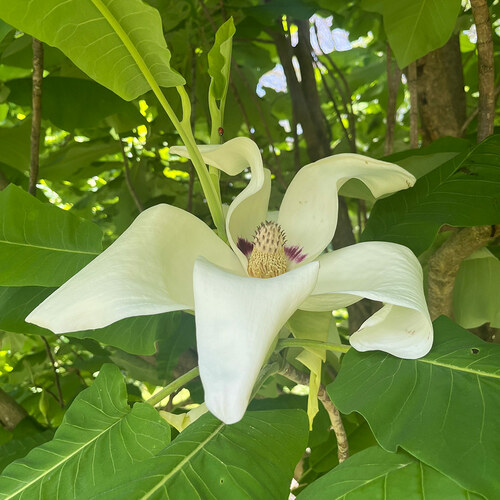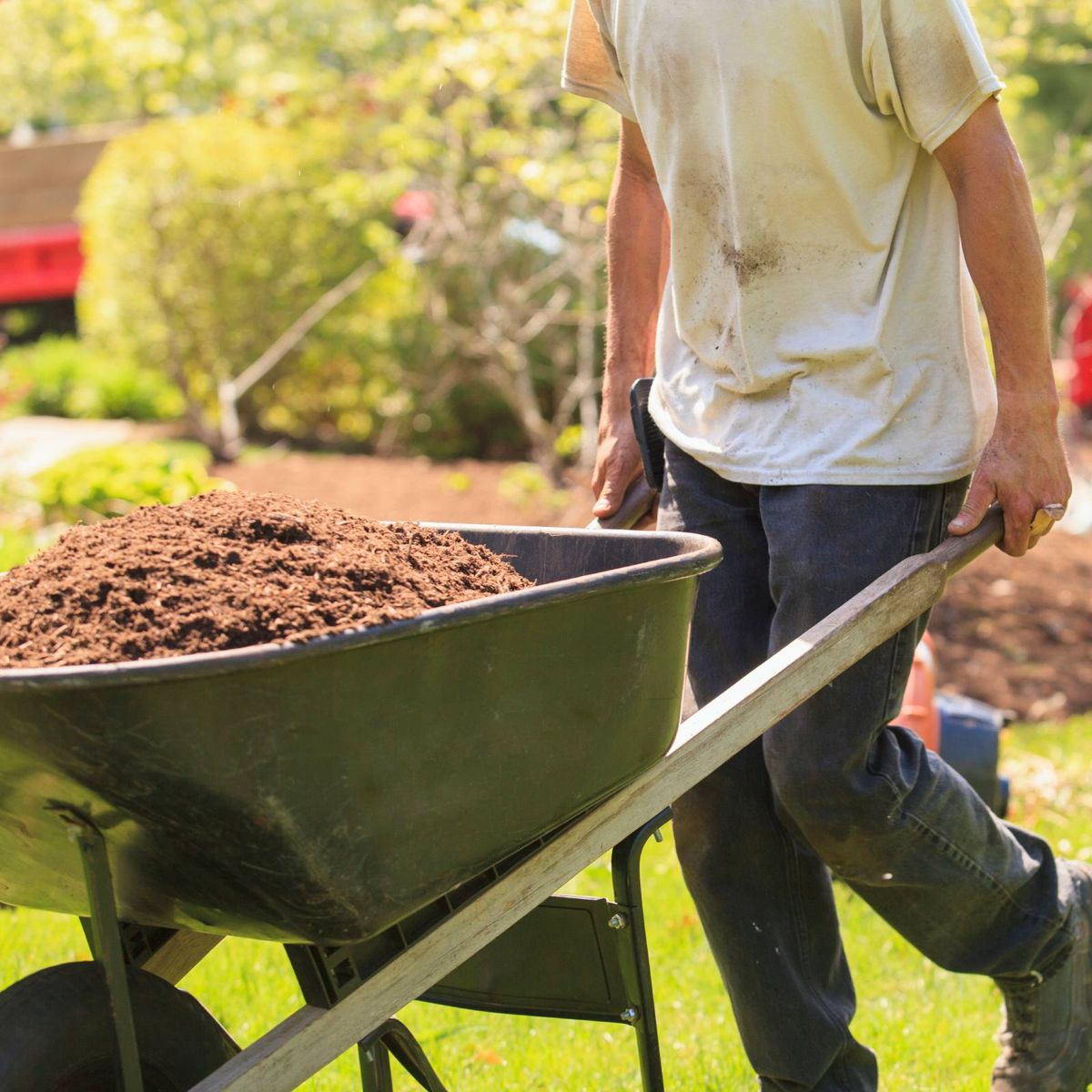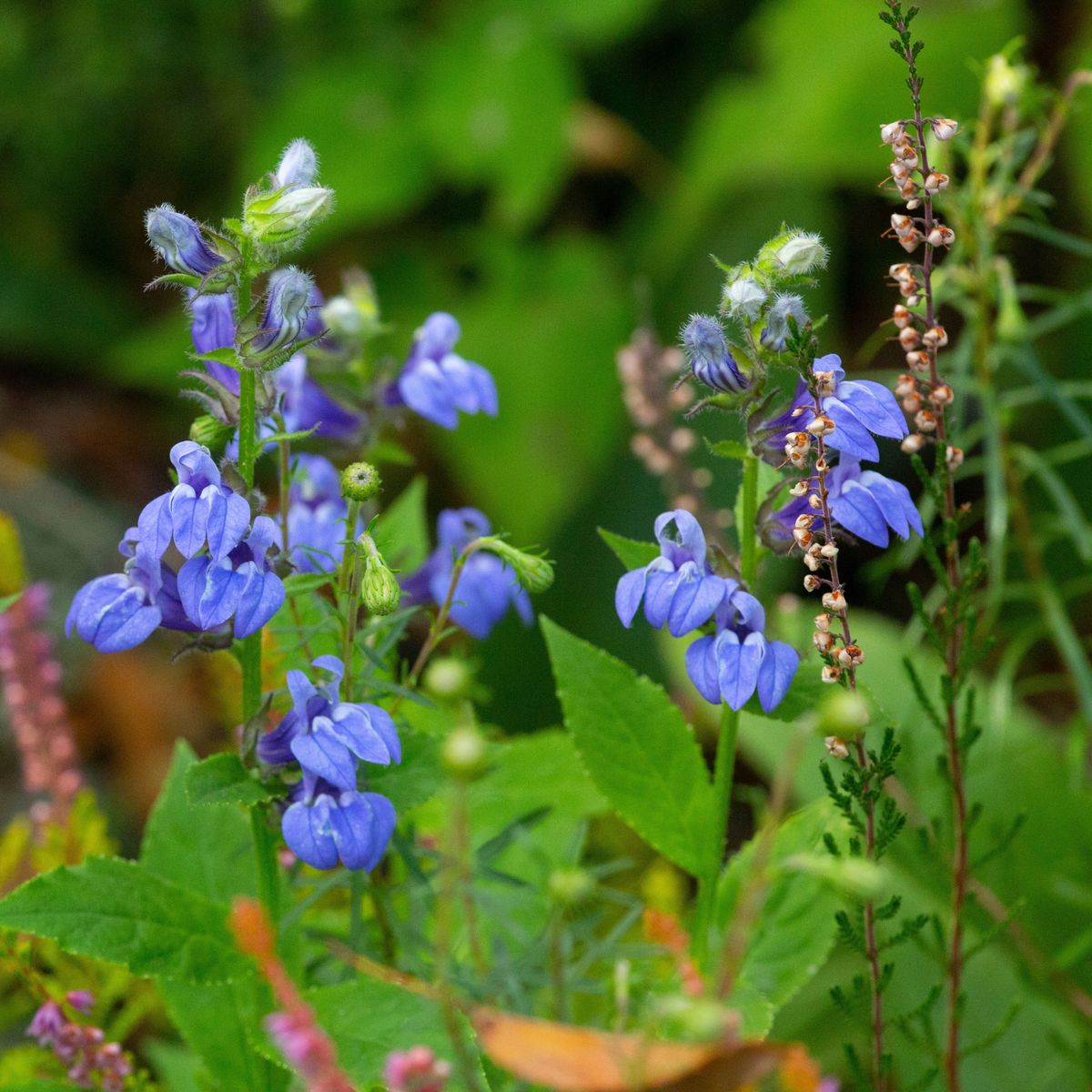Dracaenas are tropical plants often grown as indoor plants due to their light, temperature, and water needs. The beautiful plants of this genus are grown specifically for their foliage and are sometimes referred to as dragon plants.
Some species may get a little pricey, so it’s good to know there are actually several ways to propagate mature plants from the comfort of home. Here’s everything you need to know about the different ways to propagate Dracaena plants.
One of the most controversial houseplant genera in recent years, the genus Dracaena may include as many as 120 species, depending upon the classification system used.
WARNING: Not All Dracaenas Are Created Equal!
A few years back, botanists tested the DNA of the Sansevieria genus and found them to be genetically related to Dracaenas.
As a result, they reclassified all sansevierias as dracaena plants, but there have been some big problems. Not only do these two genera look different, but they have very different care needs in some cases.
As a result, most plant enthusiasts refuse to accept the name change, but several online sellers use the new names.
Before following any of the instructions in this guide (or any other dracaena guide), please ensure your dracaena isn’t actually a sansevieria.
How To Propagate Dracaena
Dracaena plant propagation isn’t difficult, but it can sometimes take a little work.
The good news is there are four different methods to choose from, making propagation much easier.
Before Propagating
Before beginning your propagation journey, gathering everything you need is important, so the process isn’t interrupted.
Give your dracaena a thorough examination from tip to root to ensure you have a healthy plant, as infestations or diseases can endanger the new plants.
Depending on the method used, you will also need the following:
- A sharp, sterile knife (or shears)
- A suitable pot or container for the new plant
- Isopropyl alcohol or a similar plant-safe disinfectant to keep your tools sterilized
- A loose, well-draining soil
- Sphagnum moss
Air Layering
While this method requires a bit more skill, it’s perhaps the most fun and rewarding of all propagation methods.
Here’s what you need to do:
- You need to find a good spot between 12″ and 24″ inches from the tip of the plant.
- Using your knife, carefully remove the bark in a 1/2″ inch wide ring around the plant.
- Dust this area with some rooting hormone and make a poultice with slightly damp sphagnum moss. Sphagnum has a more neutral pH, while peat moss is a bit more acidic, so it’s important to avoid using the wrong one for this method.
- Hold the moss onto the plant’s wound using plastic wrap and some tape.
- The plastic wrap helps prevent the moss from drying out, while the moss acts as a planting medium.
- Place your plant where it’s getting indirect light but won’t be exposed to direct sunlight, as this can dehydrate your plant’s poultice.
- Every few days, you may need to loosen the plastic and spritz the moss a bit to restore moisture, but be careful not to disturb the moss too much, or you could damage your new plant’s roots.
- You’ll know it’s time to perform the final steps when you see little roots poking through the sphagnum. Once this happens, carefully remove the plastic and cut the new plant away just below the poultice area.
- You can plant your new dracaena in a new pot with or without the moss and treat it like a freshly repotted plant.
The new plantlet should begin sprouting new leaves in a couple of weeks.
Seed Propagation
We won’t discuss this method in depth, as dracaenas can be quite unpredictable when it comes to blooming.
However, we will note that planting and growing dracaena seeds is no different than most other tropical plants – if your plant is kind enough to produce some, that is.
Stem Cuttings
This tends to be the most popular propagation method for many plants, including dracaenas.
Beginning at the top of the plant, cut as many pieces as you wish to propagate, each being approximately 8″ inches long and having several nodes.
Make sure you still leave plenty of the mother plant to recover and try to note which end is the top for each cutting.
You have two ways to root your dracaena cuttings from here before transplanting them to their home pots.
In Soil
Get a small pot of well-draining soil mix and insert your cutting bottom side down.
You’ll want it deep enough that it won’t topple over, and at least one node is touching or below soil level, as this is where the new roots will develop.
If you wish, you can dip the stem cutting into rooting hormone to help speed things up before planting, but this isn’t essential.
When planting cuttings in soil, it’s important to find a spot where the plantlet will have bright, indirect sunlight and will be at minimal risk of getting knocked around.
Also, ensure you keep the soil lightly moist, as wet soil can result in rot.
The plant can take a couple of months to produce leaves, but roots usually form in around 4 weeks.
You’ll know they’re growing if you give the stem a gentle tug, and there’s resistance.
In Water
Considering the risk of rot, you might think growing dracaena cuttings in water would be counterproductive, but it’s both possible and fun to watch.
Get a clear glass (such as a drinking glass or vase), fill it with distilled water or natural rainwater, and then cover it in plastic wrap.
Poke a hole into the middle of the plastic wrap and insert your stem section so that at least one node is submerged.
Place the glass where the plant will get bright, indirect light.
You should begin to see tiny roots forming after several weeks, and you can transplant your new dracaena to a pot once the roots are about 2″ inches long.
Top Cutting
Often referred to as beheading, this process is very similar to air layering, except removing the top of the original plant without rooting it.
Select a spot just below the leaf line under at least one node and remove the plant top using a clean cut.
You can then treat the top the same way as a stem cutting. Only your new plantlet will already have a head start in the foliage department.
Meanwhile, the beheaded mother plant will sprout new leaves near the top from one or more nodes.












